
Three Common Nginx Errors Solved: 413, 504, and Static File Handling (Docker Edition)
Three Common Nginx Errors Solved: 413, 504, and Static File Handling (Docker Edition)
Fix Nginx errors like 413 Request Entity Too Large, 504 Gateway Timeout, and static file issues in Docker using simple nginx-proxy configuration tweaks.
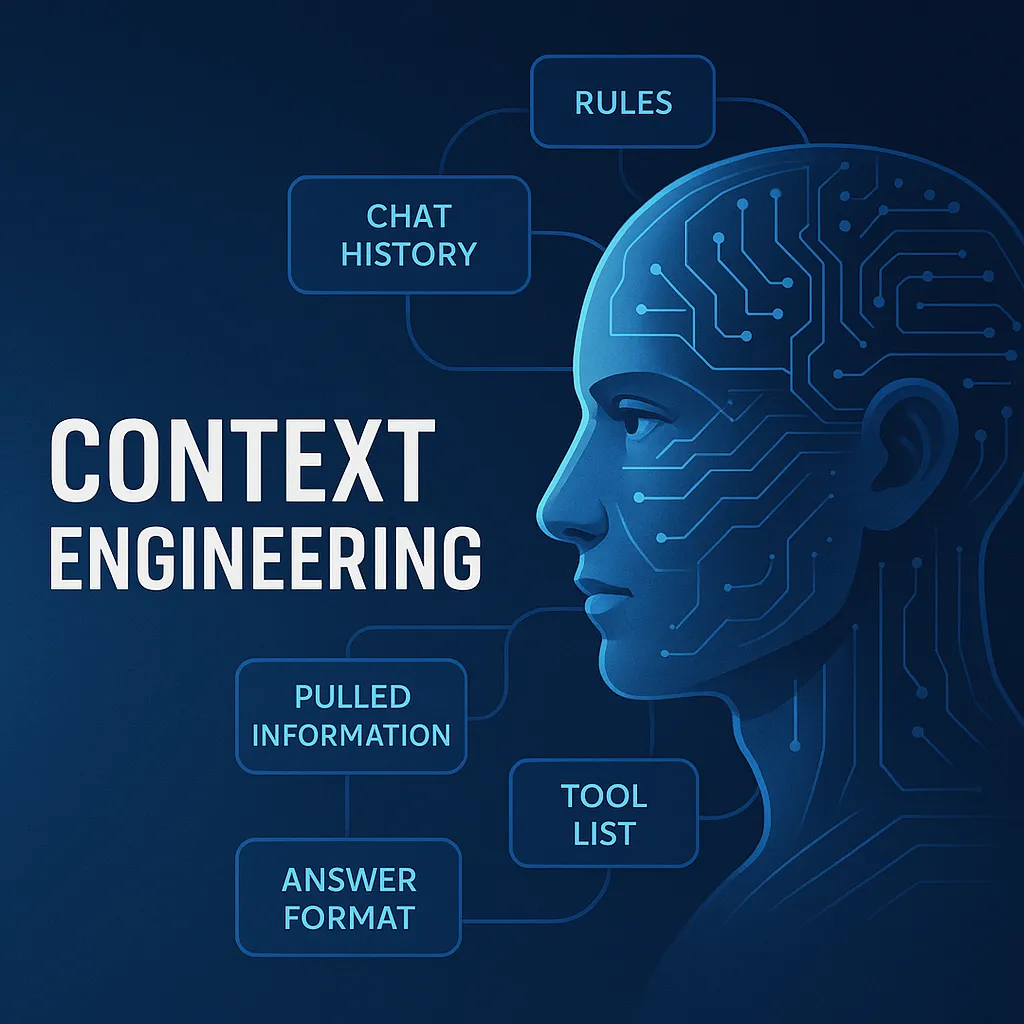
What Is Context Engineering? Boost Your AI with Better Context
What Is Context Engineering? Boost Your AI with Better Context
Learn what Context Engineering is, how it differs from Prompt Engineering, and see real-world examples like AI coding assistants. A simple guide for beginners to understand how AI truly becomes smart.
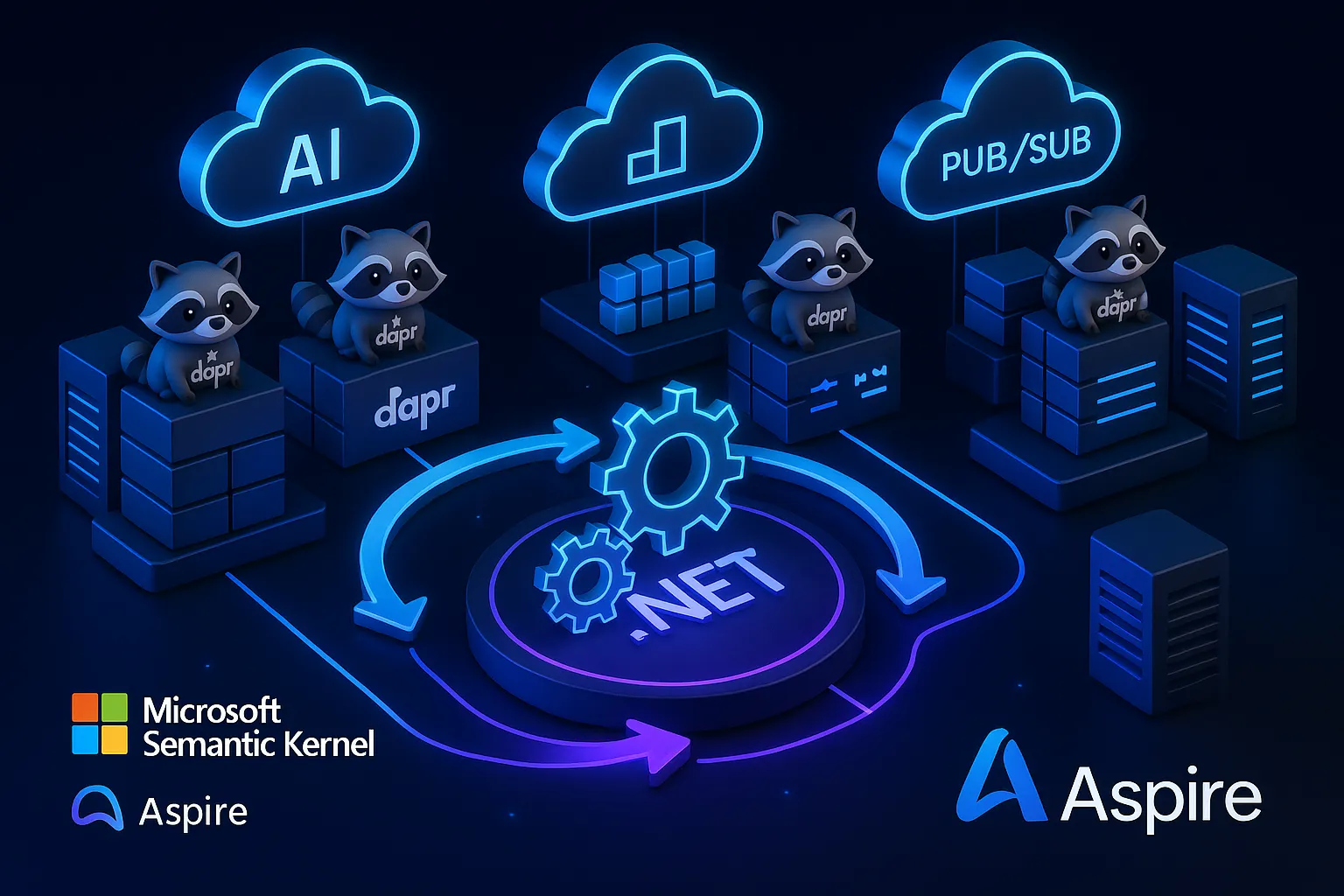
Integrating Dapr with DotNet Semantic Kernel Process Framework on Aspire
Integrating Dapr with DotNet Semantic Kernel Process Framework on Aspire
Learn how to integrate Dapr sidecars into your .NET Aspire projects with Microsoft’s Semantic Kernel Process Framework to run AI-powered workflows at cloud scale. This step-by-step guide covers installation, configuration and sample code to get resilient, actor-based processes running anywhere.
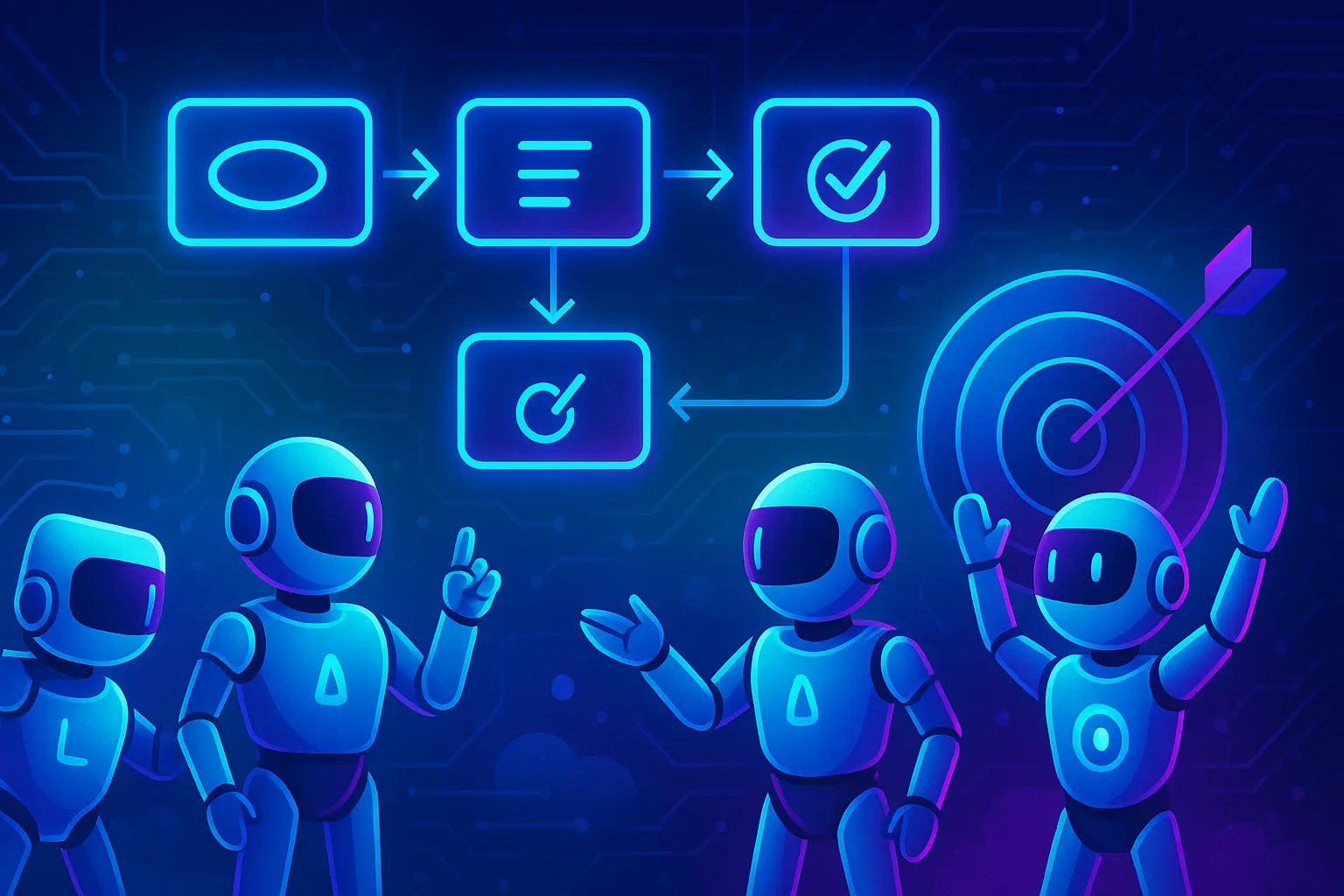
Automate Workflows with Microsoft Semantic Kernel Process Framework in .NET
Automate Workflows with Microsoft Semantic Kernel Process Framework in .NET
Build intelligent, event-driven workflows using Microsoft’s Semantic Kernel Process Framework to automate content creation, onboarding, and complex tasks with AI and custom logic.
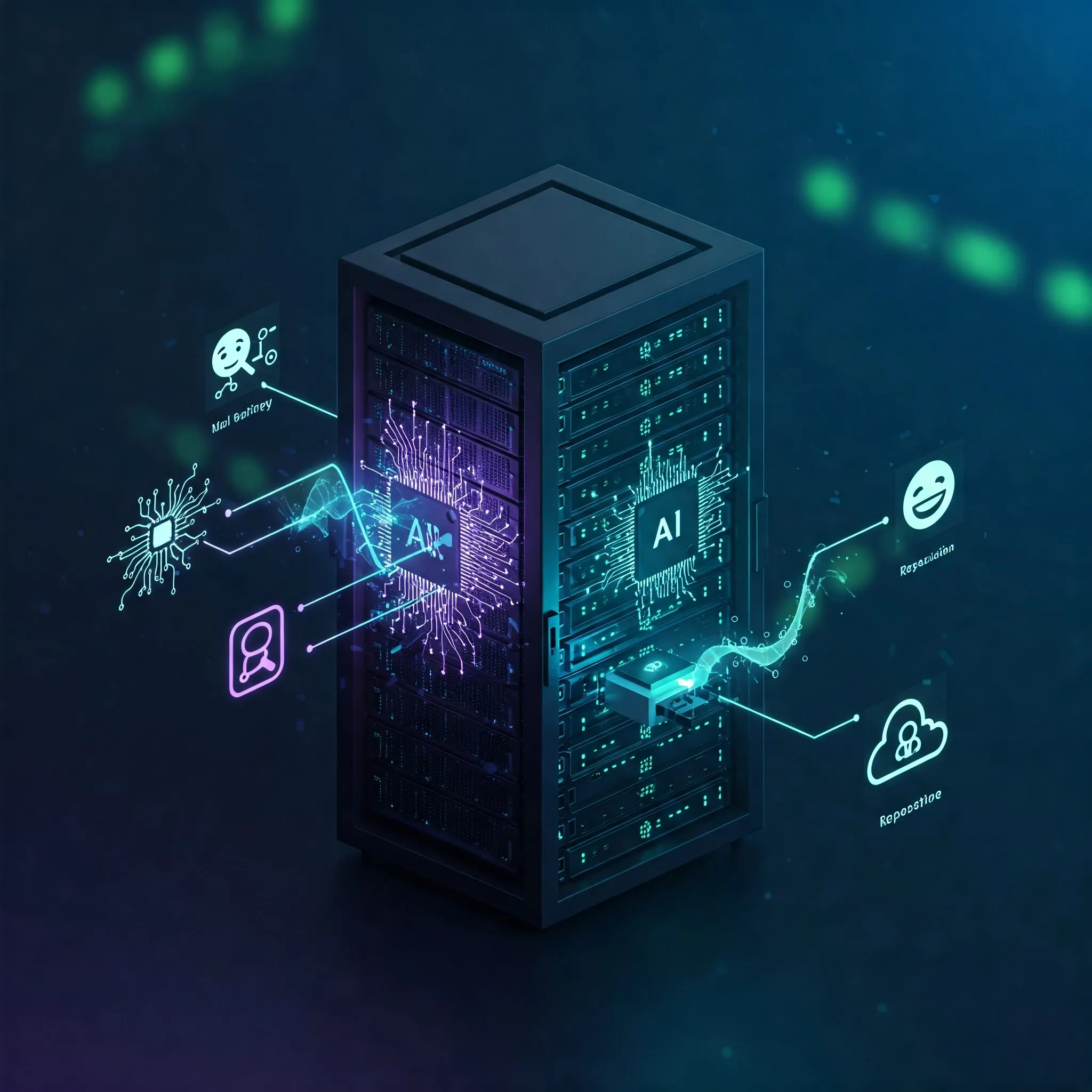
Building a Model Context Protocol Server with .NET and Semantic Kernel Integration
Building a Model Context Protocol Server with .NET and Semantic Kernel Integration
Learn how to implement a Model Context Protocol (MCP) server using C# and integrate it with Semantic Kernel to enhance AI assistants with external data and tools through a standardized protocol.
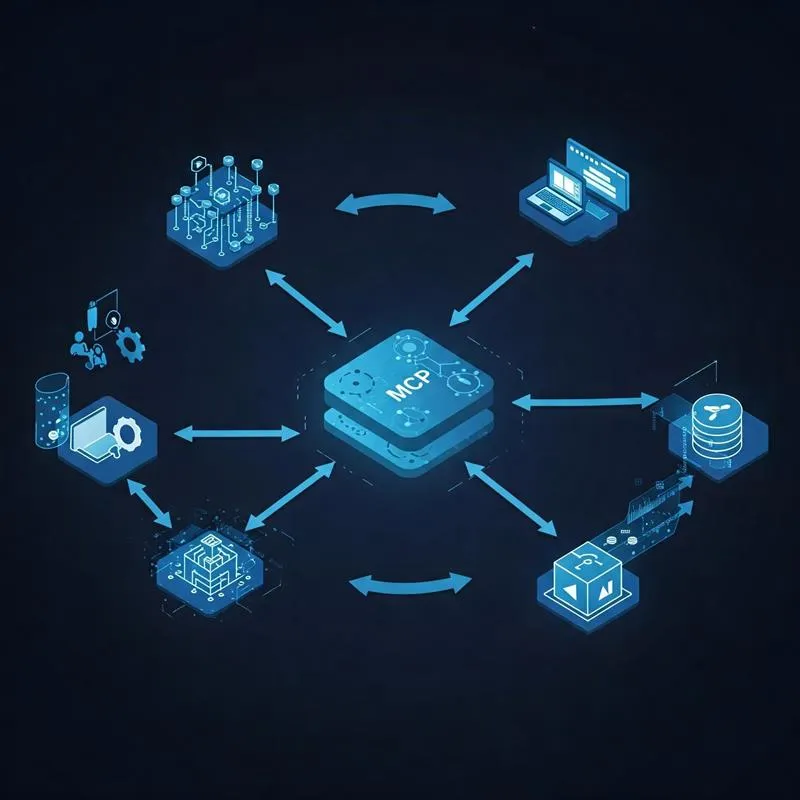
Model Context Protocol (MCP): The New Standard for AI Integration
Model Context Protocol (MCP): The New Standard for AI Integration
MCP enables LLMs to access real-time data and execute dynamic actions with ease, reducing redundancy and maintenance overhead through standardized client-server interactions.
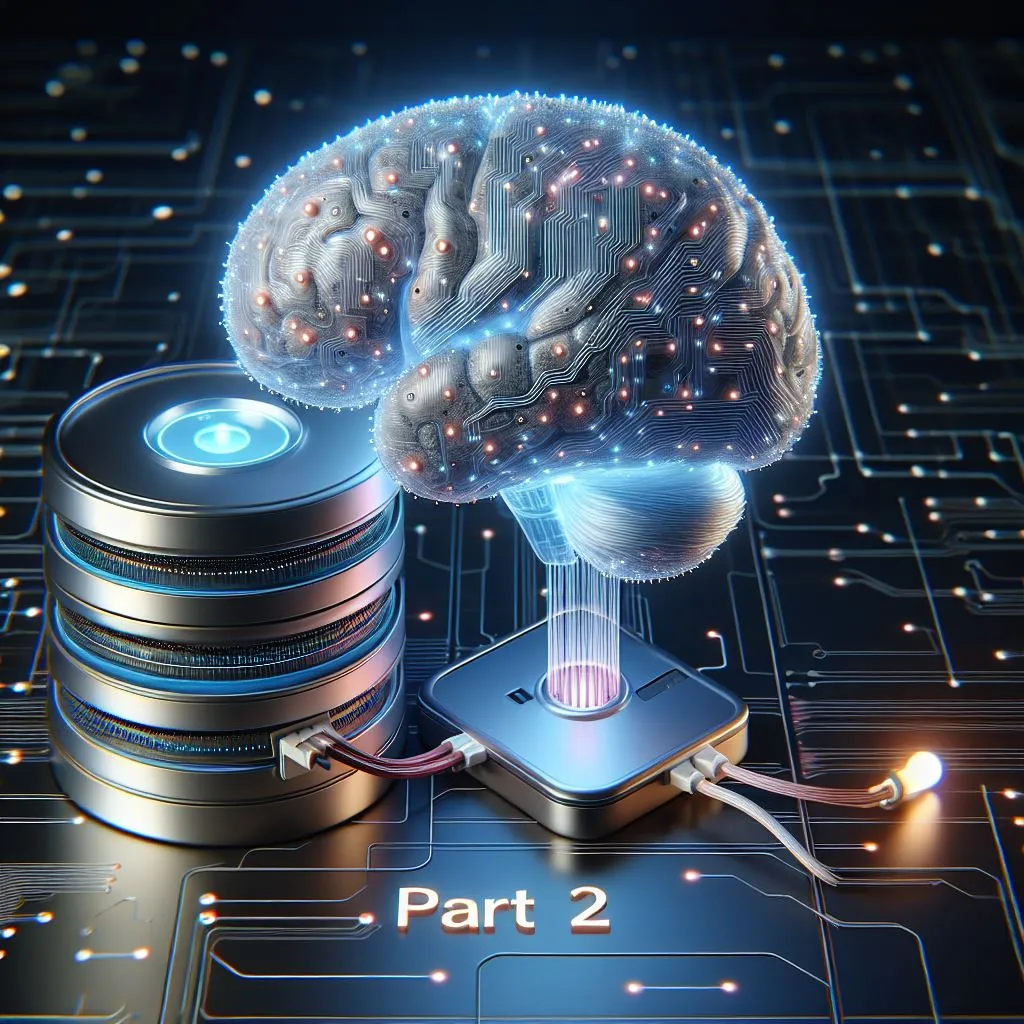
From Prompt Engineering to RAG: Optimizing Product Category Classification Systems - Part 2
From Prompt Engineering to RAG: Optimizing Product Category Classification Systems - Part 2
How we enhanced our product classification system by incorporating Retrieval-Augmented Generation (RAG) to provide dataset-specific context, resulting in improved performance and reliability.
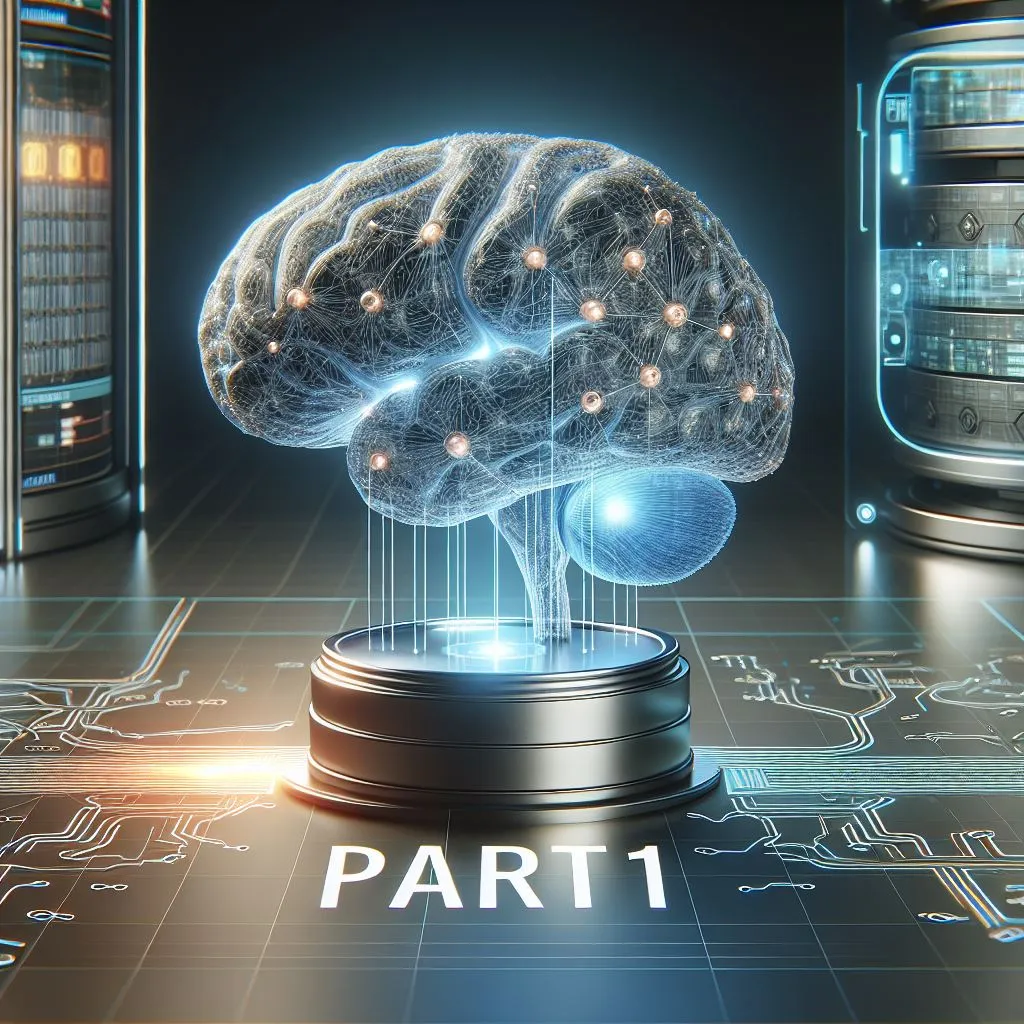
From Prompt Engineering to RAG: Optimizing Product Category Classification Systems - Part 1
From Prompt Engineering to RAG: Optimizing Product Category Classification Systems - Part 1
How we enhanced our product classification system by incorporating Retrieval-Augmented Generation (RAG) to provide dataset-specific context, resulting in improved performance and reliability.
